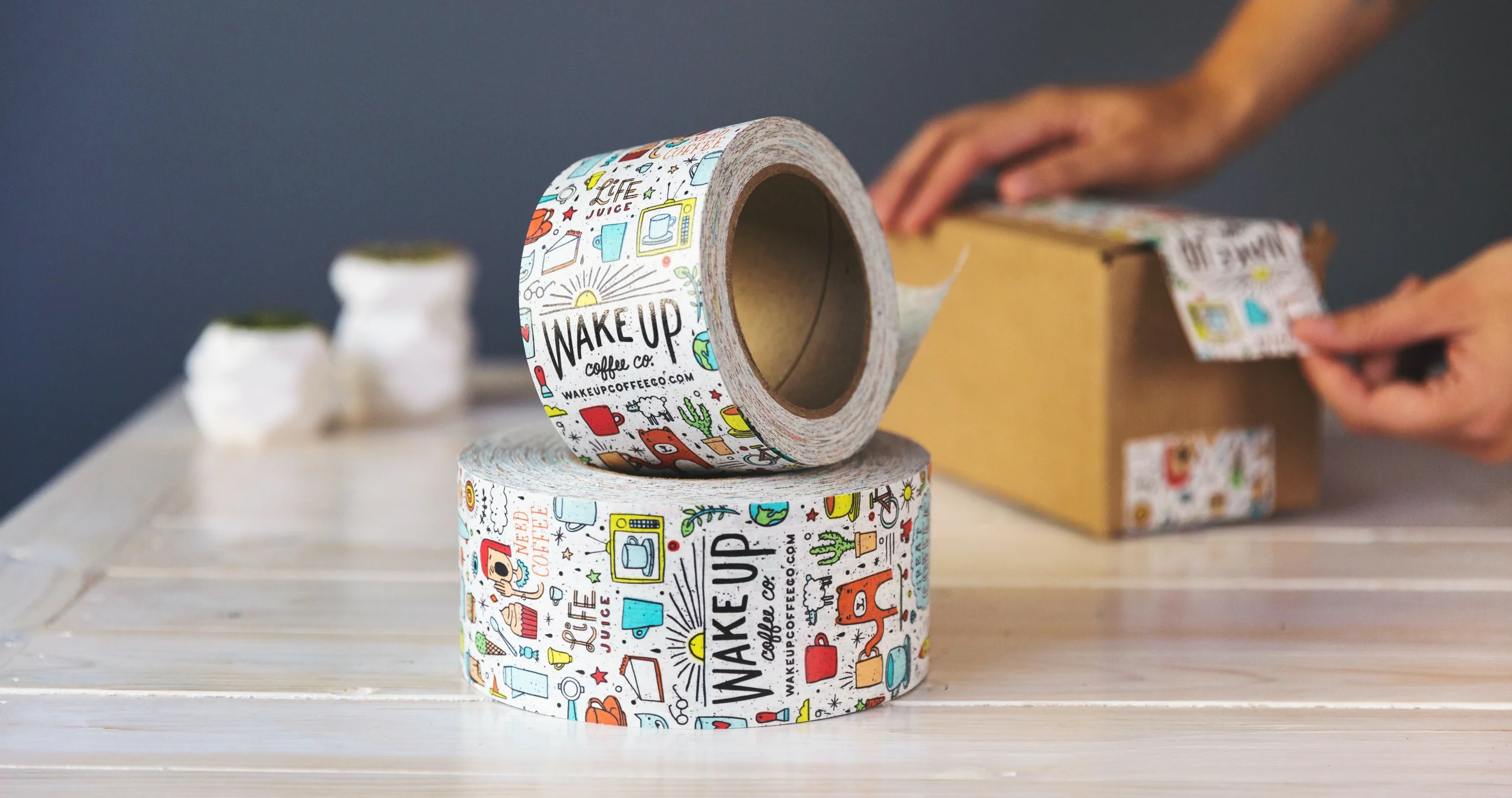The amount of waste and the number of landfills increase annually. The growing trend will continue since the consumption of products won’t decrease in the future. Fortunately, modern consumers are broad-minded and responsible. The current research proves that more and more customers think about waste disposal and recycling. 66% of consumers tend to buy products packed in eco-friendly wrappers.
Nowadays, multiple measures are taken to eliminate the industrial impact of packaging manufacturing and their disposal. Product manufacturers tend to shift to sustainable production (some of them do it deliberately, while others are forced by governmental decrees). Anyway, packaging sustainability trends are gradually integrated into most industries. Below, we’re going to highlight the main ones and explain their features.
Reputable trusted enterprises guarantee the quality and sustainability of their products by applying advanced technologies. For instance, Uniflex is a reliable flexographic packaging company that implements green methods to reduce the negative impact of wrappers on the environment.
Criteria to Take into Account when Assessing Packaging Sustainability
How can one differentiate between eco-friendly and unsustainable covers? There is a list of parameters that show to which group packages belong. Here they are:
- The demand for raw materials. What raw materials and what amount of them are used for the production of wrappers? Here, one should consider material renewability and amount.
- The energy required along all the stages of life (raw material supply, manufacturing, transport, and disposal). Behind each plant, a large powering station stands. Thus, the more energy-effective the production is, the fewer raw materials are used, which means a higher level of sustainability.
- Emissions and waste in all stages of life. Another important criterion is how products decompose after usage, if it is biodegradable, what chemicals they emit into the environment, and whether it is friendly to recycling.
By evaluating packages according to these criteria, consumers and experts define how friendly they are towards nature and soil.
Trends in Sustainable Packaging
In trying to make the packaging industry more sustainable, new methods are implemented. Let’s consider the most perspective trends in sustainable packaging.
Reducing waste
Obviously, this trend implies using fewer materials to reduce the amount of garbage your brand produces. Here, the following eco-friendly packaging trends are distinguished:
- Lightweighting – reducing the weight of packages means using fewer raw materials for their production. Yet, this approach requires particular consideration to seek ways to reduce the weight without worsening wrapper quality and tear resistance.
- Downsizing – this concept is close to the previous one. Its essence is to make packages smaller. Thus, fewer materials will be required for production.
- Double-sized labels – applying logos and marketing information on the reverse side of the packaging laminate eliminates the need for another facestock.
Designing for reusability
This trend implies encouraging customers to return packages to manufacturers. For example, discounts are provided for clients who bring containers back in exchange for points. Here, the following strategies are applied:
- Pay due attention to labels to make them durable. Since packages will be reused multiple times, still, they should keep all the key marketing information about the product. Pressure-sensitive labels come as a working solution.
- Join platforms for packaging circulation. Nowadays, there are multiple platforms like Olive or Loop that unite manufacturers and allow them to exchange containers, supporting the idea of a zero-waste industry.
Bio-based or compostable packaging and labeling
According to sustainable packaging market trends, wrappers should decompose well if they cannot be reused. Decomposing and biodegradation mean that covers do not leave a toxic footprint on Earth after their decomposition. Bio-based packaging is produced from natural resources, like cotton, wood, or sugar cane. The following technologies contribute to cover compliance with this approach:
- Wash-off labeling technology implies using washing-off inks on polyethylene containers. The approach is used when reusable plastic containers are not compatible with labels and should be separated to be recycled.
- The use of resin when processing wood into pulp.
Designing for end-of-life
The “end-of-life” term means getting the most from using containers. The thing is that 560 million containers are refused to be recycled annually due to label incompatibility. Thus, manufacturers tend to use labels that are easily separated in caustic solutions and allow for recycling PET covers.
Investing in recyclability
It is one of the eco-packaging trends aimed at educating consumers to dispose of and sort out waste correctly. Producers tend to set communication with customers through labels to achieve a better understanding of how to improve package sustainability.
Increasing recycled content
The term stands for showing the ratio of the pre-consumed and post-consumed covers. Industry enterprises strive to achieve the highest percentage of recycled containers by using advanced types of raw materials and plastics (PET or OBP).
Multiple technologies help take care of the future on Earth and eliminate the amount of waste. Although not all enterprises are willing to stick to these green packaging market trends, the tendency is toward creating a supply chain for maximized recycling of product packaging. Enterprise eco-friendliness is tested by their compliance with particular green norms and decrees.































